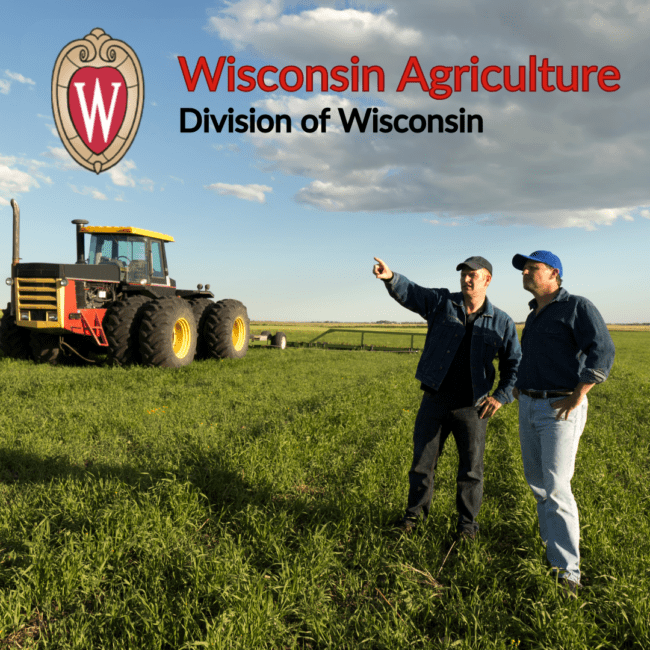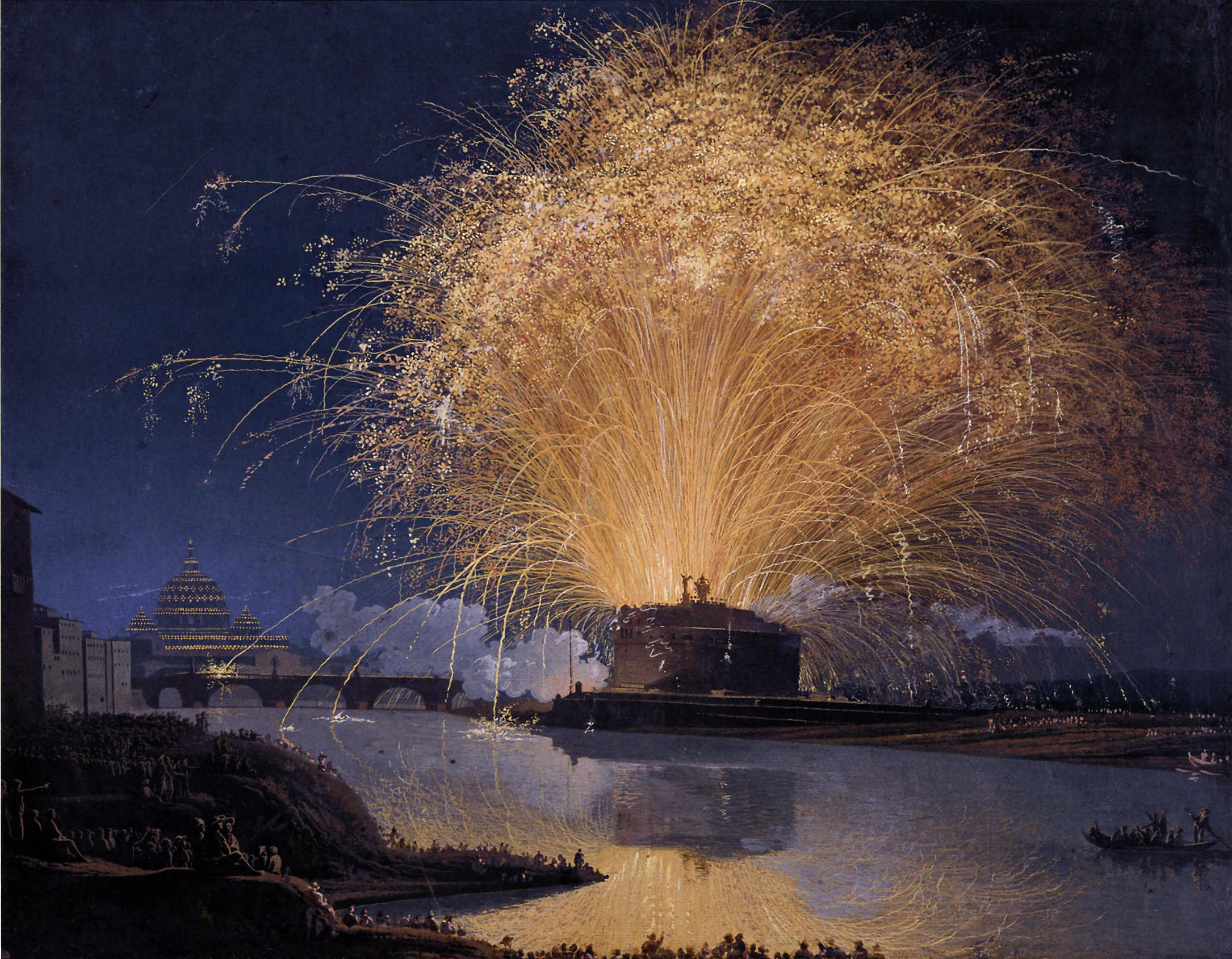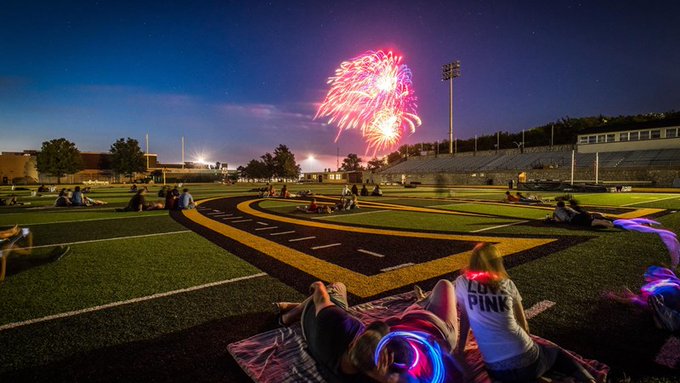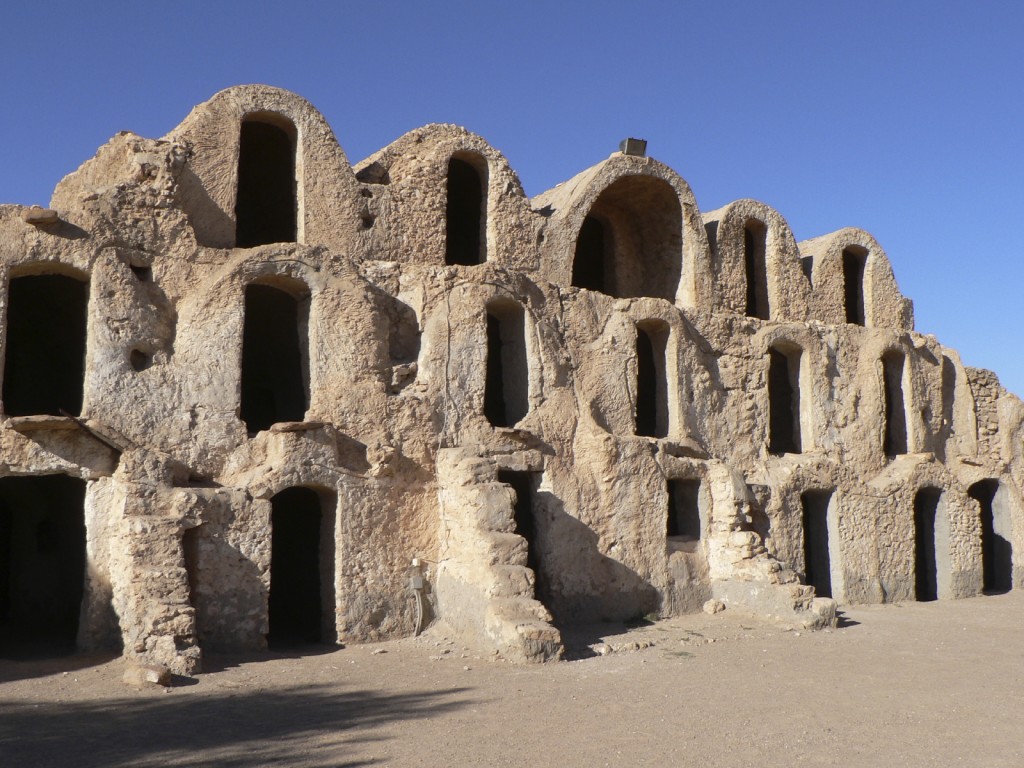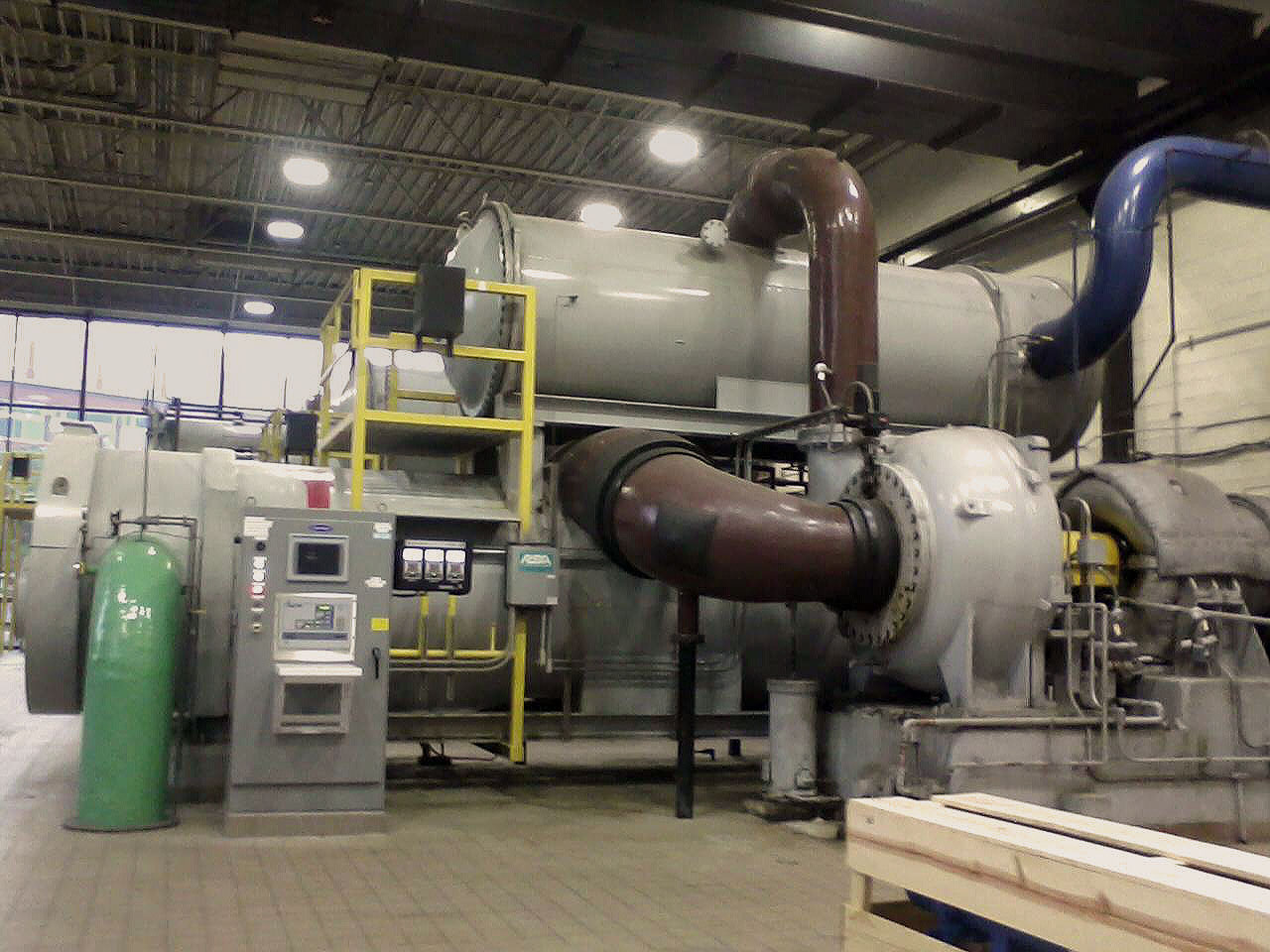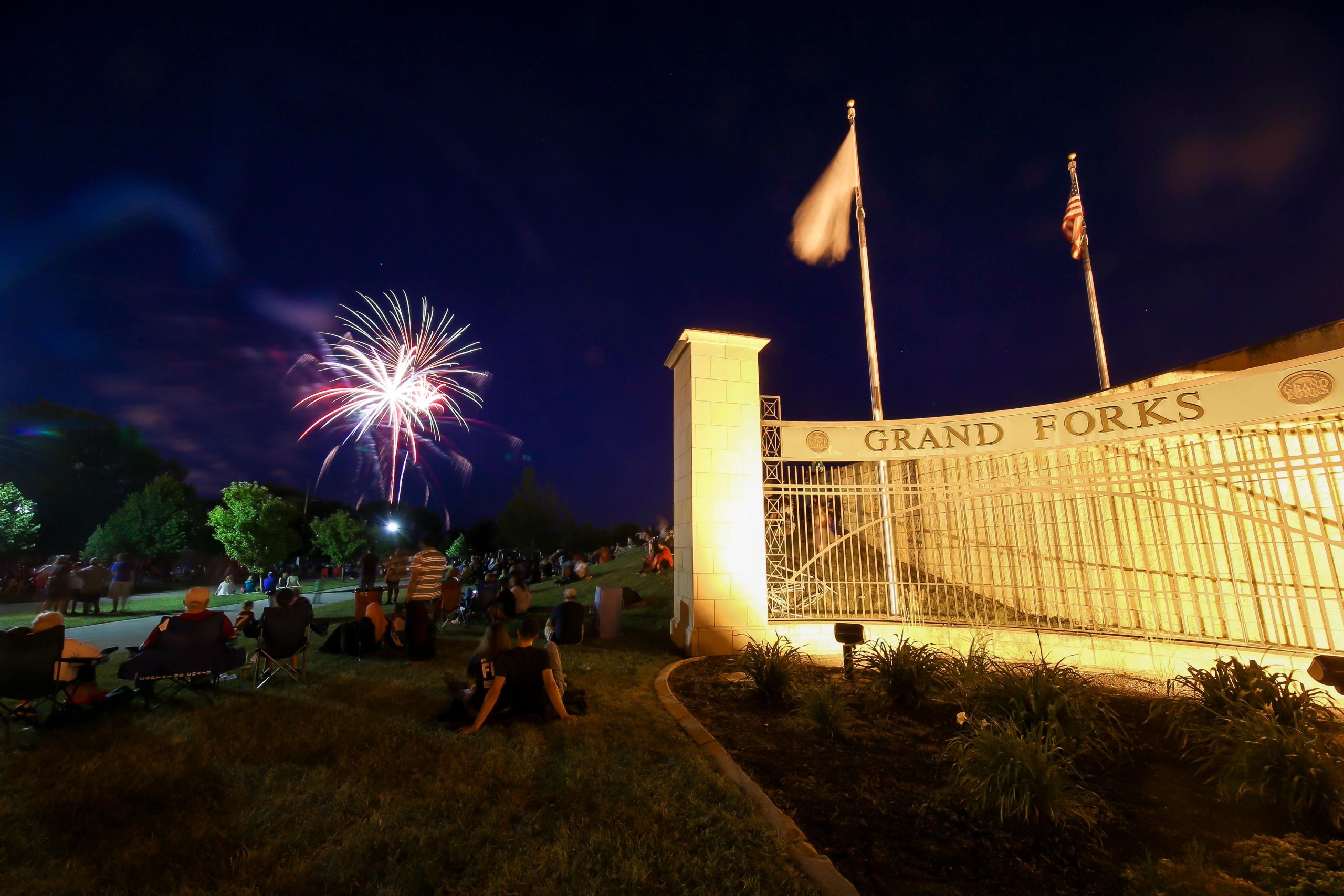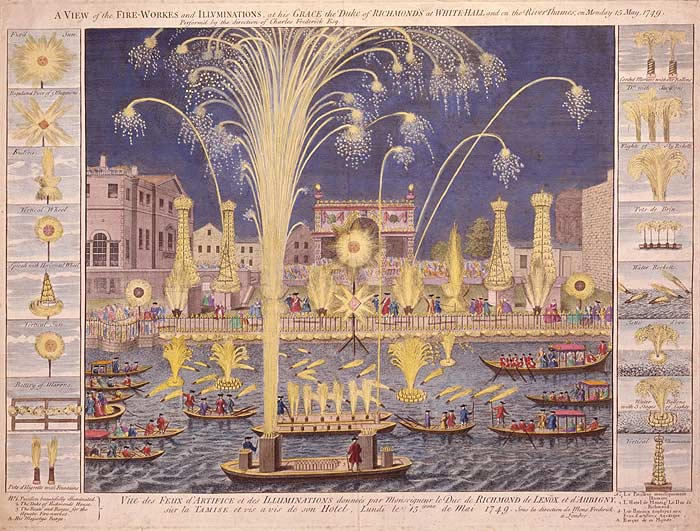Nebraska 🕊️ pic.twitter.com/g5U4z51VJB
— Lily Ziehmer (@LivinLikeLil) September 4, 2023
Tag Archives: July
- Home
- Posts tagged "July"

Summer Salads
Readings:
Coop: A Family, a Farm, and the Pursuit of One Good Egg (Michael Perry)
The Land Remembers (Ben Logan)
State of Wisconsin: Department of Agriculture, Trade and Consumer Protection
Midwesterners: bring salad to the Labor Day BBQ
The salad: pic.twitter.com/WHNTelL51e
— Midwest vs. Everybody (@midwestern_ope) September 1, 2024
Coconut Cold Brew
2023 Financial Report & Audit | $1.092B
The United States Food and Drug Administration and the National Coffee Association recommended standard temperature for safe hot coffee is around 160°F to 165°F (71°C to 74°C). This temperature range is considered hot enough to be enjoyable while minimizing the risk of scalding or burning.
These agencies do not have specific regulations or guidelines solely dedicated to cold brew coffee. However, there are general principles and best practices for handling and storing perishable food products that can be applied to cold brew coffee to ensure safety.*
|
Cold brew coffee typically requires more time to prepare than traditional hot brew coffee. While hot brew coffee can be made in just a few minutes, cold brew coffee is made by steeping coffee grounds in cold water for an extended period of time, usually between 12 to 24 hours. The longer steeping time allows the coffee to extract more slowly and results in a smoother, less acidic coffee concentrate. After steeping, the coffee grounds are usually filtered out and the resulting concentrate can be diluted with water, milk, or other liquids and served over ice. While cold brew coffee does require more time to prepare, many coffee drinkers prefer its smoother, less bitter taste and lower acidity compared to hot brewed coffee. Additionally, the longer shelf life of cold brew coffee concentrate makes it a popular choice for those who like to prepare coffee in advance and have it ready to drink throughout the day. |
The Sacred Myths of Liberalism | Eric Kaufman (University of Buckingham)
Elon University Facilities Management
We cover the technical standards applicable to small to medium sized coffee preparation installations in a cross-cutting way during our Kitchens 200 colloquium.
Relevant IEEE Research:
COVID-19 pandemic affected on coffee beverage decision and consumers’ behavior
Using Digital Marketing to Enhance Sustainability in The Coffee Business
* These recommendations are based on general food safety practices:
Water quality: Start with clean, potable water to brew your cold brew coffee. Make sure the water source is safe and free from contaminants.
Brewing process: Follow good manufacturing practices and ensure that your brewing equipment and utensils are clean and sanitized. Cold brew coffee is typically brewed using room temperature or cold water over an extended period. Ensure that the brewing container is properly sealed and protected from any potential sources of contamination.
Filtration: After the brewing process, filter the cold brew coffee to remove any sediment or particles. This can be done using a fine-mesh sieve or a dedicated filtration system.
Storage: Store the cold brew coffee in a clean, airtight container in the refrigerator. This helps to inhibit the growth of bacteria and maintain the quality of the coffee. Cold brew coffee can typically be stored for a few days to a couple of weeks, depending on the specific recipe and preparation method.
Temperature control: Keep the cold brew coffee refrigerated at a temperature below 41°F (5°C) to prevent the growth of harmful bacteria.
Serve safely: When serving cold brew coffee, use clean and sanitized utensils, containers, and dispensing equipment to avoid cross-contamination. If you add any additional ingredients like milk or sweeteners, ensure that they are stored properly and do not exceed their recommended storage times.
Code for Fireworks Display
At least twice a year, and during performances with flame effects, public safety departments in colleges and universities have an elevated concern about campus citizen safety, and the safety of the host community, when fireworks are used for celebration. We find very rigorous prohibitions against the use of fireworks, weapons and explosives on campus. Education and enforcement usually falls on facility and operation campus safety units.
That much said, we follow development, but do not advocate in NFPA 1123 Code for Fireworks Display, because it lies among a grouping of titles that set the standard of care for many college and university public safety departments that sometimes need to craft prohibitions with consideration for the business purposes of entertainment and celebration in education facilities. NFPA 1123 is not a long document — only 22 pages of core text — but it contains a few basic considerations for display site selection, clearances and permitting that campus public safety departments will coordinate with the host community. It references NFPA 1126, Standard for the Use of Pyrotechnics Before a Proximate Audience and NFPA 160 Standard for the Use of Flame Effects Before an Audience.
Something to keep an eye on. The home page for this code is linked below:
NFPA 1123 Code for Fireworks Display
For a sense of the technical discussions, transcripts of two developmental stages are linked below:
Public comment on 2026 Edition proposed revisions is receivable until May 30, 2024.
We maintain this title on our periodic Prometheus colloquium. See our CALENDAR for the next online meeting.
Issue: [16-134]
Category: Public Safety
Colleagues: Mike Anthony, Jack Janveja, Richard Robben
More
Air Conditioning
Today at 15:00 UTC we will review the latest in best practice literature for air conditioning systems. Note that we have broken out this topic from the standing Mechanical colloquia. Our approach features interoperability and system considerations. Catalogs on the agenda:
ACCA
Air-Conditioning, Heating, and Refrigeration Institute
ASHRAE International
Standard 90.1-2022—Energy Standard for Sites and Buildings Except Low-Rise Residential Buildings
Standard 90.4 Energy Standard for Data Centers
Acceptable Performance Standard for District Cooling Systems
ASME
Heating, Ventilating and Air-Conditioning Systems
European Standards
EN 14511 Specifies the requirements for air conditioners, liquid chilling packages, and heat pumps with electrically driven compressors.
IEEE
International Code Council
International Building Code Interior Environment & HVAC Systems
International Mechanical Code Chapter 11 Refrigeration
NFPA
National Electrical Code Article 430: Motors, Motor Circuits and Motor Controllers
Standard for the Installation of Air-Conditioning and Ventilating Systems
Underwriters Laboratories (largely product standards, not embedded system nor interoperability titles)
Uptime Institute
Implementing Data Center Cooling Best Practices
Use the login credentials at the upper right of our home page
University of Rochester Central Utilities Plant Absorption Chiller![]()
Issues: [11-67, 15-124, 15-135, 15-165]
Category: Energy, Mechanical
Colleagues: Mike Anthony, Larry Spielvogel, Richard Robben
O! Canada
Canadian Parliament Debate on Standards Incorporated by Reference
“A Case of You” 1970 Joni Mitchell
Berklee College of Music@BerkleeCollege https://t.co/x6IWC01k29 pic.twitter.com/0YzaBQZNE6— Standards Michigan (@StandardsMich) June 30, 2024
The second longest train journey in the entire world. 96 hours across Canada.
[📹 karaandnate]pic.twitter.com/6Hd6MPwy27
— Massimo (@Rainmaker1973) January 19, 2025
Readings / PYROTECHNIC ARTS & SCIENCES IN EUROPEAN HISTORY
FIREWORKS: PYROTECHNIC ARTS AND SCIENCES IN EUROPEAN HISTORY
Simon Werrett | University College London
Fireworks are synonymous with celebration in the twenty-first century. But pyrotechnics—in the form of rockets, crackers, wheels, and bombs—have exploded in sparks and noise to delight audiences in Europe ever since the Renaissance. Here, Simon Werrett shows that, far from being only a means of entertainment, fireworks helped foster advances in natural philosophy, chemistry, mathematics, and many other branches of the sciences.
Fireworks brings to vibrant life the many artful practices of pyrotechnicians, as well as the elegant compositions of the architects, poets, painters, and musicians they inspired. At the same time, it uncovers the dynamic relationships that developed between the many artists and scientists who produced pyrotechnics. In so doing, the book demonstrates the critical role that pyrotechnics played in the development of physics, astronomy, chemistry and physiology, meteorology, and electrical science. Richly illustrated and drawing on a wide range of new sources, Fireworks takes readers back to a world where pyrotechnics were both divine and magical and reveals for the first time their vital contribution to the modernization of European ideas.
Inside Gasson Tower
Boston College Consolidated Financial Statement: $6.509B
Boston College is a private Jesuit research university in Chestnut Hill, Massachusetts. Gasson Hall is a symbol of Boston College, representing the university’s commitment to academic excellence, spiritual values, and the pursuit of knowledge. It The hall continues to serve as an important part of the Boston College campus, housing administrative offices, classrooms, and the university’s Honors Program.
In “The Social Network,” Gasson Hall was used as a filming location for several scenes that take place at Harvard University, which is where Mark Zuckerberg attended college before he created Facebook. Specifically, Gasson Hall was used as a stand-in for Harvard’s Memorial Hall, which is a large Gothic Revival building that houses a dining hall and a chapel.
The scene in “The Social Network” that was filmed in Gasson Hall shows Mark Zuckerberg (played by Jesse Eisenberg) and Eduardo Saverin (played by Andrew Garfield) attending a disciplinary hearing in front of the Harvard administration. The hearing takes place in a large ornate room with stained glass windows and a high vaulted ceiling, which is actually the Reading Room on the third floor of Gasson Hall. The filmmakers made some minor changes to the room, such as adding a portrait of John Harvard and replacing some of the furniture, but overall, the space is very recognizable as Gasson Hall.
New update alert! The 2022 update to the Trademark Assignment Dataset is now available online. Find 1.29 million trademark assignments, involving 2.28 million unique trademark properties issued by the USPTO between March 1952 and January 2023: https://t.co/njrDAbSpwB pic.twitter.com/GkAXrHoQ9T
— USPTO (@uspto) July 13, 2023
Standards Michigan Group, LLC
2723 South State Street | Suite 150
Ann Arbor, MI 48104 USA
888-746-3670



